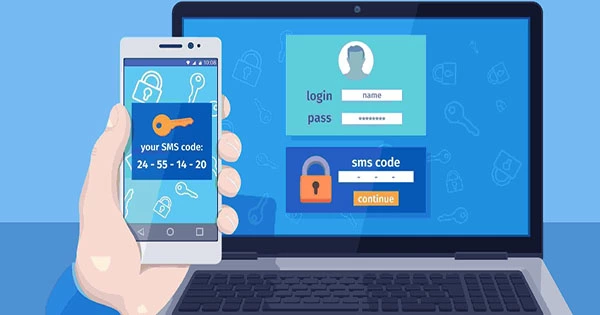If you dislike passwords, two-factor authentication is unlikely to win you over. However, according to security experts, utilizing two-factor authentication is one of the most effective ways to safeguard your online accounts from even the most skilled hackers. Two-factor authentication, as the name implies, adds a second form of authentication to your normal log-in procedure in addition to your password. After you’ve entered your login and password, you’ll be asked to input a code that will be provided to you through text message, email, or push notification on your phone.
In the end, it just adds a few seconds to your day, if that. Two-factor authentication (also known as “two-step verification”) combines something you know — like your username and password — with something you own — like your phone or a physical security key — or even something you have — like your fingerprint or another biometric — to verify that a person is authorized to log in.
You may not have given it much consideration, but you probably do it more often than you know. When you withdraw money from an ATM, you must first insert your card (something you own) and then enter your PIN (something you know) to confirm your identity to the bank. Even if you use your bank card on the internet, you will frequently be asked for information that you already have, such as your ZIP or postal code. Simply put, a second factor of authentication makes it far more difficult for a hacker or criminal to get access to your online accounts.
What is the significance of two-factor authentication? Gone are the days when your trusted password was enough to keep you safe. Even if you use a different password for each website, there’s nothing you can do to prevent spyware on your computer (or even on the website!) from collecting your password and reusing it. Someone may memorize your password and log in as you if they watch you enter it in.
Do you believe it will never happen to you? Hackers can use so-called “credential stuffing,” “password spraying,” or brute-force assaults to easily break in and take over people’s internet accounts in mass. This happens on a regular basis. Cellular networks, retail behemoths, food delivery services, music streaming services, and even IT behemoths like Cisco and Apple’s iCloud service are not immune. These automated log-in assaults only affect accounts using two-factor authentication.
Two-factor authentication also protects you against scam emails. Two-factor authentication can safeguard you even if you get a suspicious-looking email that tries to fool you into checking in with your Google or Facebook login and password to a bogus site. Only a trustworthy website will offer you a valid two-factor code. Enabling two-factor authentication is a solid start, but it’s not a cure-all. While it can prevent hackers from signing in as you, it doesn’t imply your data kept on the firm’s computer is safe from hackers invading another server or a government demanding that the company hand over your information. And some two-factor systems are superior to others. You’ll see what I mean.
















